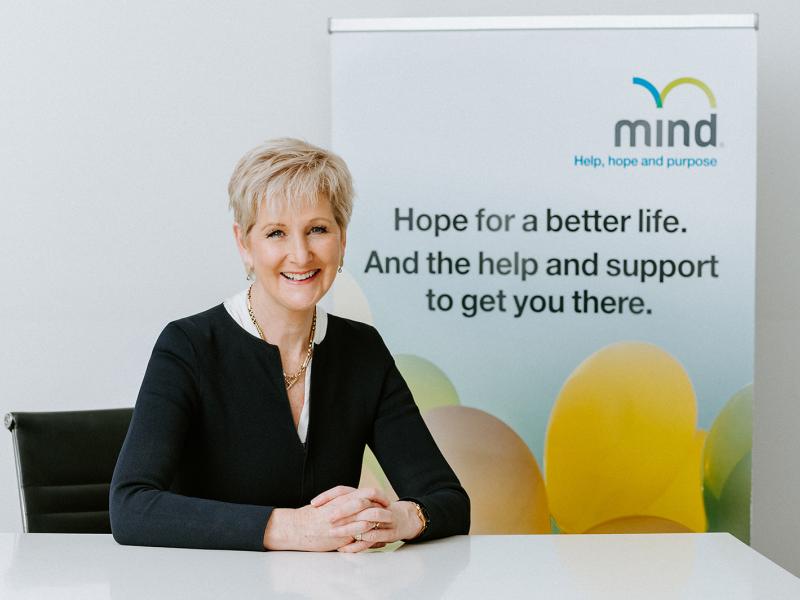Nine people – every day. That’s how many deaths by suicide occur in Australia on average. Astoundingly, research shows suicide as the leading cause of death for those aged from 15-24 years.
The data is shocking. Each one of these deaths is a tragedy. The taking of one’s life in the fullness of youth - additionally heartbreaking.
This is National Suicide Prevention Week. Most of us know someone who has been impacted by suicide or have ourselves been touched by it.
There is a clear need for improved support for people experiencing suicidal thoughts and intentions, those who have made an attempt, and those who support them or are living with the grief of losing someone to suicide.
But what drives people to take their own lives?
Answering those questions, too often people – including policymakers – pigeonhole suicide as solely a mental health issue. If the only response we have to suicide is one focused on clinical intervention to address the signs and symptoms of mental ill health, then we are missing opportunities to help people when they need it. By recognising the intersecting risk factors for suicide, we can lessen them and build up those protective factors which help people recover.
What we’re missing here is a conversation about suicide responses that work with people to address their individual needs. These needs might include addressing mental health concerns. They also might include other life areas and risk factors for suicide, like financial stress, housing insecurity and homelessness, age, anxieties about the impacts of climate change, loneliness and isolation, and living with stigma and discrimination.
Stigma and discrimination create particular barriers to accessing services, and lead to delays in people seeking help – if they do at all. This is especially relevant for young people, those in the LGBTQIA+ community, Aboriginal and Torres Strait Islander people, and culturally and linguistically diverse people.
So where do people go when they are distressed? Emergency Departments are at breaking point, and experiences in the ED often add to people’s distress or see them being discharged with inadequate support options.
What can we do?
People need safe and affirming spaces to go to when they’re in crisis. They need support for their individual needs and support from people who can work alongside them to build hope and purpose.
At Mind Australia we see enormous potential to improve suicide response in the outcomes from peer-led services we have had the opportunity to pilot and operate – the LGBTQIA+ Aftercare service in Victoria and the Connect program in South Australia.
Mind’s LGBTQIA+ Aftercare team consists of mental health peer support workers and allied health workers who are part of the LGBTQIA+ community and have their own lived experience of suicidality.
Having access to peer workers with similar experience as the clients is an integral part of the program’s success. Peer workers provide support and foster a safe and affirming space, leading to clients experiencing a sense of community, reduced isolation, increased self-advocacy skills and political empowerment.
